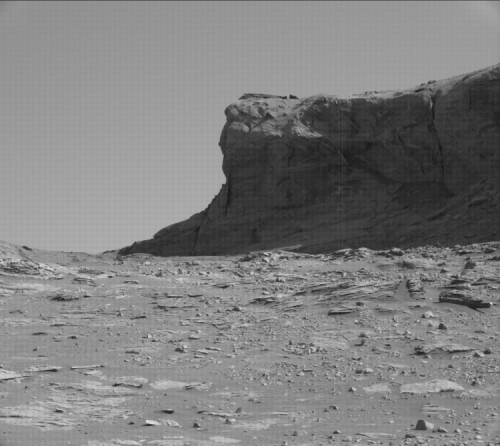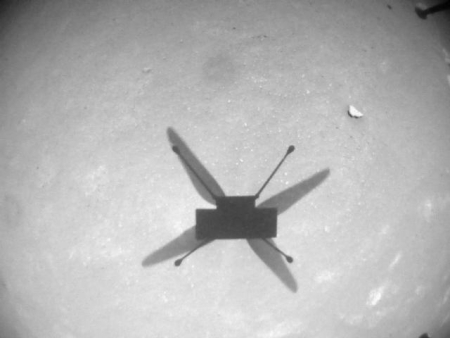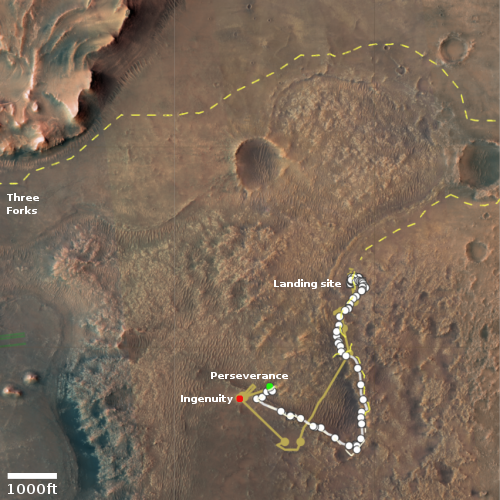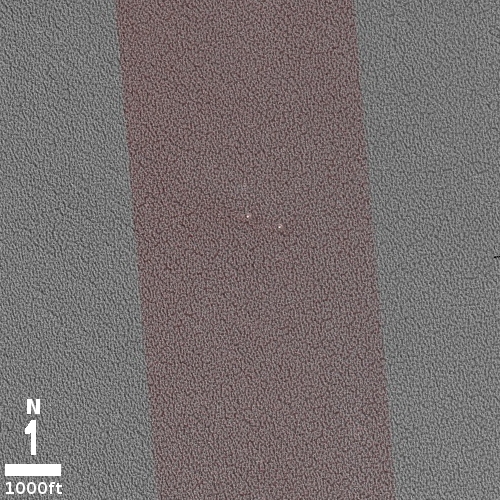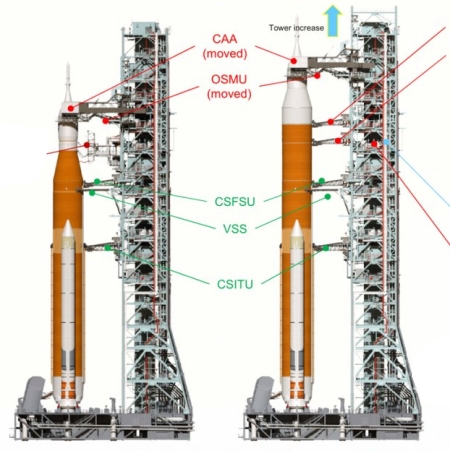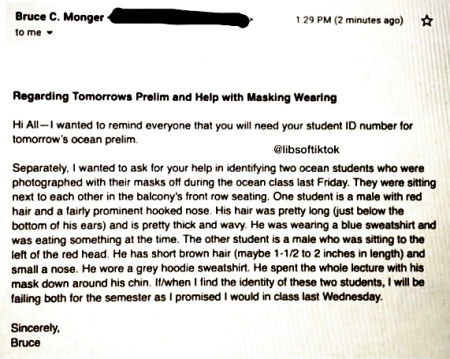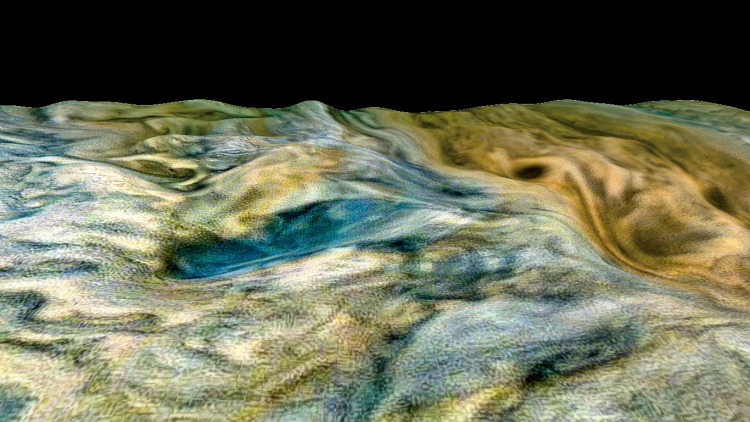Crew on China’s space station complete first spacewalk
The crew on China’s Tianhe space station have successfully completed their first spacewalk, with two astronauts spending 6.5 hours on the exterior of the station, testing their new spacesuits, the station’s robot arm, and the overall equipment used during such outside activities.
Zhai Zhigang was doing his second spacewalk, the first in thirteen years. Wang Yaping was doing her first, which made her the first Chinese woman to walk in space. This was her second space mission, the first in 2013 when she was the second Chinese woman fly in space.
The third crew member, Ye Guangfu, stayed on aboard the station to coordinate activities with the crew outside.
The crew is expected to do one to two more spacewalks during the rest of their six month mission. During that time two more large modules will be launched to the station.
The crew on China’s Tianhe space station have successfully completed their first spacewalk, with two astronauts spending 6.5 hours on the exterior of the station, testing their new spacesuits, the station’s robot arm, and the overall equipment used during such outside activities.
Zhai Zhigang was doing his second spacewalk, the first in thirteen years. Wang Yaping was doing her first, which made her the first Chinese woman to walk in space. This was her second space mission, the first in 2013 when she was the second Chinese woman fly in space.
The third crew member, Ye Guangfu, stayed on aboard the station to coordinate activities with the crew outside.
The crew is expected to do one to two more spacewalks during the rest of their six month mission. During that time two more large modules will be launched to the station.

